Business
What You Should Know About Boats Building And Why It’s Profitable

For thousands of years, people have been using boats as a means of traveling, trading, and even for sports on water.
But how are boats built? What are the raw materials and tools for building boats? Again, how long does it take to build a boat, and what of the apprenticeship scheme?
Mr AGOSU MATTHEW, a local boat (also called canoe) builder at Badore waterfronts fishermen’s settlement, Ajah Town in Lagos State, shares the answers with our Editor, Franklin Ocheneyi.
Happy reading:
Tell our readers about yourself.
My name is Agosu Matthew. I am a skilled boat builder. What motivated you to go into building boats?
First, I started as a fisherman. As time passed, I thought deeply about what else I could do to enhance my income from the fishing business.
I consulted with some of my co-fishermen. They advised that I go into boat building, which is an extension of the business.
How long have you been building boats?
I started 25 years ago.
It took me 14 years to acquire the skills, up to 2013, when I graduated from my master.
What are the tools for boat building?
The traditional tools include hammer hammer, axe, nails, Cutlass, and scissors, etc.
What about the woods?
We use the following woods: Opepe, Eru, Agboin, Afara, and parateru
Where do you get these woods?
Makoko at Lagos Island, and Itamagba sawmills market at Ikorodu.
How many pieces of wood make a boat?
It depends on the size of the boat.
For a big boat with 8-10 passenger capacity, we use about twelve pieces of wood.
The small boat takes between 6-7 pieces of wood.
How long does it take to build a boat?
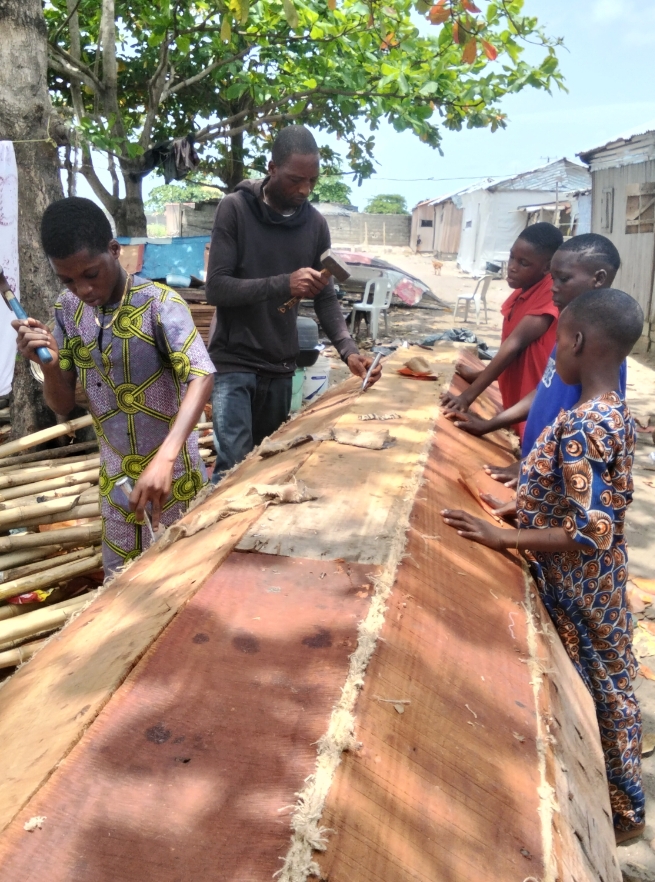
∆ Mr Agosu Matthew at work with his apprentice.
Again, it depends on the size of the Canoe.
Big boat takes up to two weeks if it’s only me working on it without the support of my apprentices, and if I don’t allow other things to distract me from the work.
However, if I have enough hands, it makes the construction faster and the work can be done in seven days.
What are the challenges of the business?
There are many challenges. One of them is getting the modern tools.
I rent those tools we don’t have and because of the pressure to return them within a specific hours, it slows down the pace of the construction and the timely delivery of the project.
Nevertheless, with the introduction of modern tools, the training patterns have changed. So, if an apprentice is humble, focused, brainy, and sharp, he can use four years to acquire the skills.
How is the boat market, in terms of patronage?

∆ An aerial view of the community/ Ohi baba.com image.
People come to buy, or place orders when their boats is spoiling.
These locally made boats last for five years before spoiling.
Sometimes, we sell two boats in a month. The price of a boat is costly. We sell the big boat at N500 thousand, while the small one goes for N300 thousand.
How long does it take to learn the work?
As I said earlier, it took me 14 years to learn under my Master’s.
It took me that long because I had no financial support from anyone.
Nevertheless, with the introduction of modern tools, the training patterns have changed. So, if an apprentice is humble, focused, brainy, and sharp, he can use four years to acquire the skills.
Last, do you have an association for boat builders?
Yes; we have an association at Ikorodu. I belonged to the association ( That’s my membership ID card). The association has a lawyer, and if any challenge should arise, our chairman is the first person to know.
Business
ICPC: Dangote must testify in person
The agency said that the Corrupt Practices and Other Related Offences Act, 2000, does not allow proxy representation on criminal matters.It gave Dangote December 29 deadline to appear before it.

File Photo: Aliko Dangote and Farouk Ahmed
The Independent Corrupt Practices and Other Related Offences Commission (ICPC) says that Africa’s richest man Aliko Dangote must appear personally before the Commission to testify the corruption allegations against the former against the former Chief Executive of Nigerian Midstream and Downstream Petroleum Regulatory Authority (NMDPRA), Alhaji Farouk Ahmed.
The agency said that the Corrupt Practices and Other Related Offences Act, 2000, does not allow proxy representation on criminal matters.It gave Dangote December 29 deadline to appear before it.
The anti-graft commission conveyed its decision to Dangote’s lawyer, Dr. Ogwu Onoja (SAN), in a December 24 letter.
Onoja had on December 22, gone to the ICPC office to adopt the petition.But in a letter to Onoja by the Chief of Staff to ICPC Chairman, Rouqayya Ibrahim, the commission said it was necessary for Dangote to come in person.
Business
E- Commerce: bitMARTe Launches in Nigeria with Same-Day Delivery, Buyer Protection and Merchant Financing
With its official launch, bitMARTe is now live and open to users across Nigeria, positioning itself as a technology-enabled commerce platform focused on speed, trust, local content and economic empowerment.

Photo: Left to Right: Amaka Onaibre – Legal Counsel, Dr Eke Eke – Chief Executive Officer, Tolulope Ogungbade – Business Manager & Chief Operating Officer.
bitMARTe, a new Nigerian-focused e-commerce platform, has officially launched operations, unveiling a suite of innovative features designed to address long-standing challenges facing online shopping and digital commerce across Nigeria and Africa.
Speaking at the launch, Chief Executive Officer of SpringRock Group and founder of bitMARTe, Dr. Eke Eke, said that the platform was built with a deep understanding of the peculiar realities of the African market, particularly issues around delivery delays, payment security, product quality and access to business capital.
Beyond online marketplace
Dr. Eke emphasised that bitMARTe is not merely an online marketplace but a technology-driven operating system tailored to manage the infrastructural and logistical challenges unique to the region, while delivering services comparable to global e-commerce standards.
One of the platform’s standout innovations is its same-city, same-day delivery service, aimed at restoring consumer confidence in online shopping.

A gap bitMARTe intends to close.
Dr. Eke noted that delivery delays have historically discouraged Nigerians from relying on e-commerce for urgent purchases, a gap bitMARTe intends to close.
The platform also places strong emphasis on promoting Made-in-Nigeria products, offering buyers access to a wide range of locally produced goods without the restrictions commonly seen on other platforms.
This, according to the founders, will enhance affordability while supporting local manufacturers and merchants
To attract early adopters, bitMARTe has rolled out multiple promotional incentives. The first 5,000 users to register on the platform will receive a ₦1,000 gift card, while users who successfully refer others who make purchases will earn ₦1,000 per referral, with no cap on earnings.
First-time buyers will also enjoy additional rewards, creating multiple earning opportunities for active users.
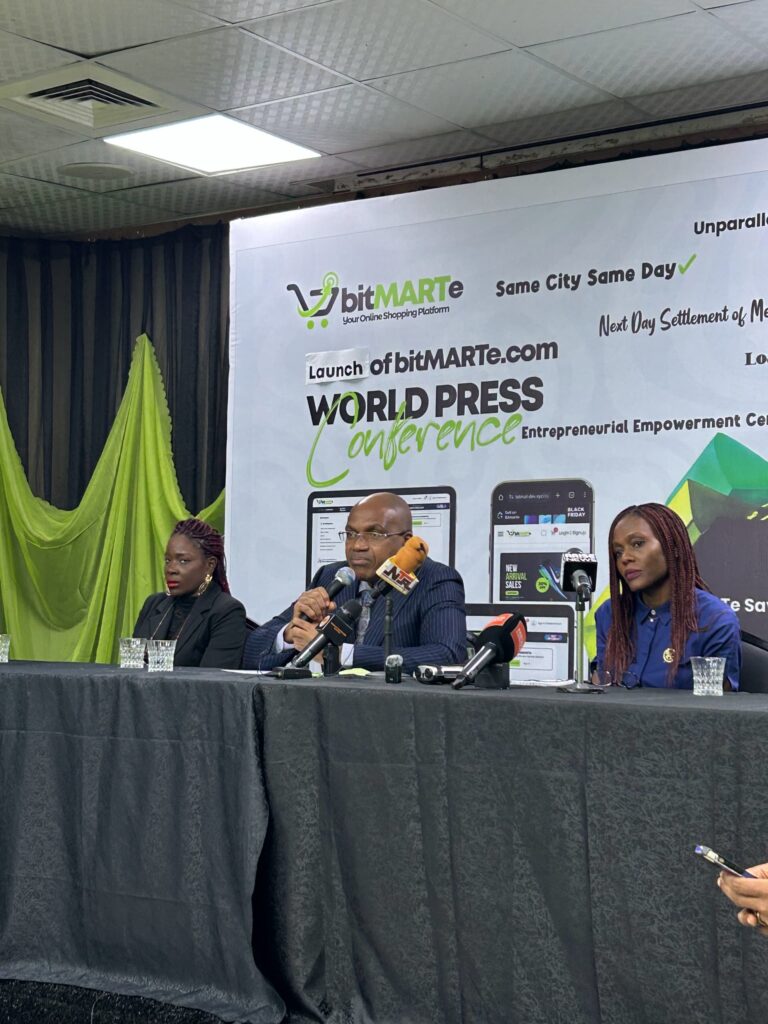
Payment Safety
Addressing concerns around payment safety, Dr. Eke explained that bitMARTe operates a secure escrow-style payment system, ensuring that funds are only released to merchants after buyers confirm receipt and satisfaction using a unique verification code.
This mechanism, he said, provides strong protection against fraud and misrepresentation.
In addition, bitMARTe has established a robust quality assurance framework to ensure product accuracy and integrity. Items that fail to meet stated standards will be removed from the platform, while goods damaged in transit will be replaced at no cost to the buyer.
The company also pledged to investigate and address the root causes of such incidents to maintain high service standards.
bitMARTe’s customer service architecture
Dr. Eke emphasized that bitMARTe’s customer service architecture is deliberately buyer-centric, with centralized handling of interactions to ensure consistency, professionalism and fairness across the platform.
Beyond buyers, bitMARTe is also positioning itself as a growth partner for merchants.
In response to a question on its merchant financing model, Dr Eke disclosed that the platform plans to offer loans to active merchants after six months of operation, based on transaction history, cash flow and conduct on the platform.
He noted that access to affordable credit remains a major obstacle for Nigerian businesses, adding that bitMARTe’s financing model is designed to provide practical and sustainable loan terms, in contrast to the high interest rates typically charged by commercial banks.
Present at the launch
Also present at the launch were Mrs Tolu Ogungbade, Business Manager and Chief Operating Officer of bitMARTe, and Mrs Amaka Onaibre, Legal Adviser, who both reaffirmed the company’s commitment to transparency, compliance and long-term value creation for users and partners.
With its official launch, bitMARTe is now live and open to users across Nigeria, positioning itself as a technology-enabled commerce platform focused on speed, trust, local content and economic empowerment.
Business
Heirs Energies Secures $750 Million Financing from Afreximbank for Expansion
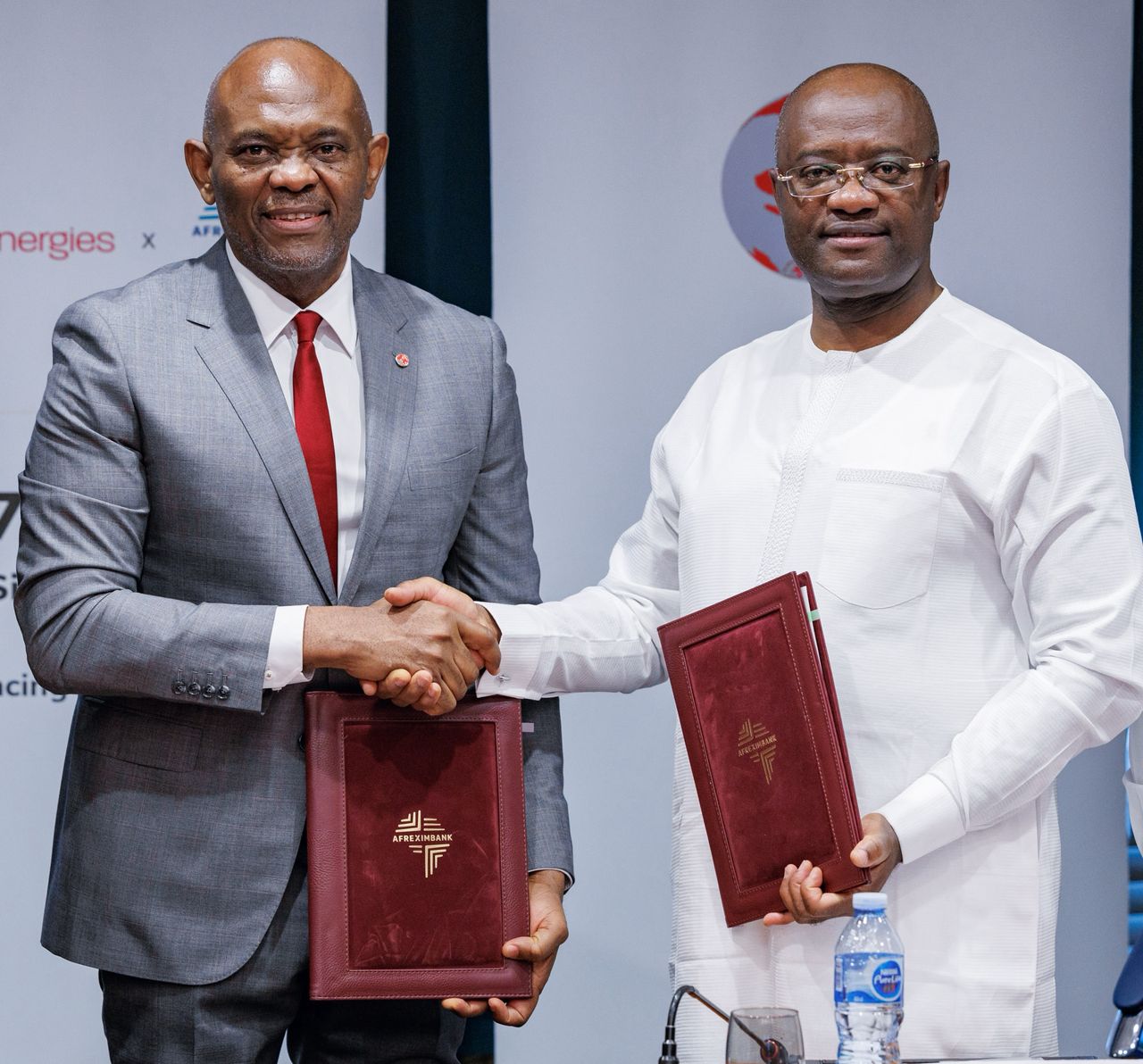
Heirs Energies Limited, Nigeria’s leading indigenous integrated energy company, has secured a $750 million financing facility from the African Export-Import Bank (Afreximbank).
The deal was finalized during a signing ceremony in Abuja on December 20, 2025, attended by Tony O. Elumelu, CFR, Chairman of Heirs Energies, and Dr. George Elombi, President and Chairman of Afreximbank.

This transaction marks one of the largest financings ever obtained by an indigenous African energy firm, underscoring strong confidence in Heirs Energies’ operational track record, governance, brownfield expertise, and future growth potential.
Since taking over operatorship of Oil Mining Lease (OML) 17, Heirs Energies has implemented a rigorous turnaround strategy, emphasizing production recovery, asset integrity, and efficiency gains.
Through targeted interventions and infrastructure upgrades, the company has shifted from acquisition-focused funding to a sustainable capital structure suited to long-term reserve development.
Production has doubled since acquisition, rising from 25,000 barrels of oil per day (bopd) and 50 million standard cubic feet of gas per day (mmscf/d) to more than 50,000 bopd and 120 mmscf/d currently. All gas output is supplied to Nigeria’s domestic market, playing a key role in supporting national power generation.
The company has also overhauled community engagement and upheld top-tier health and safety standards.
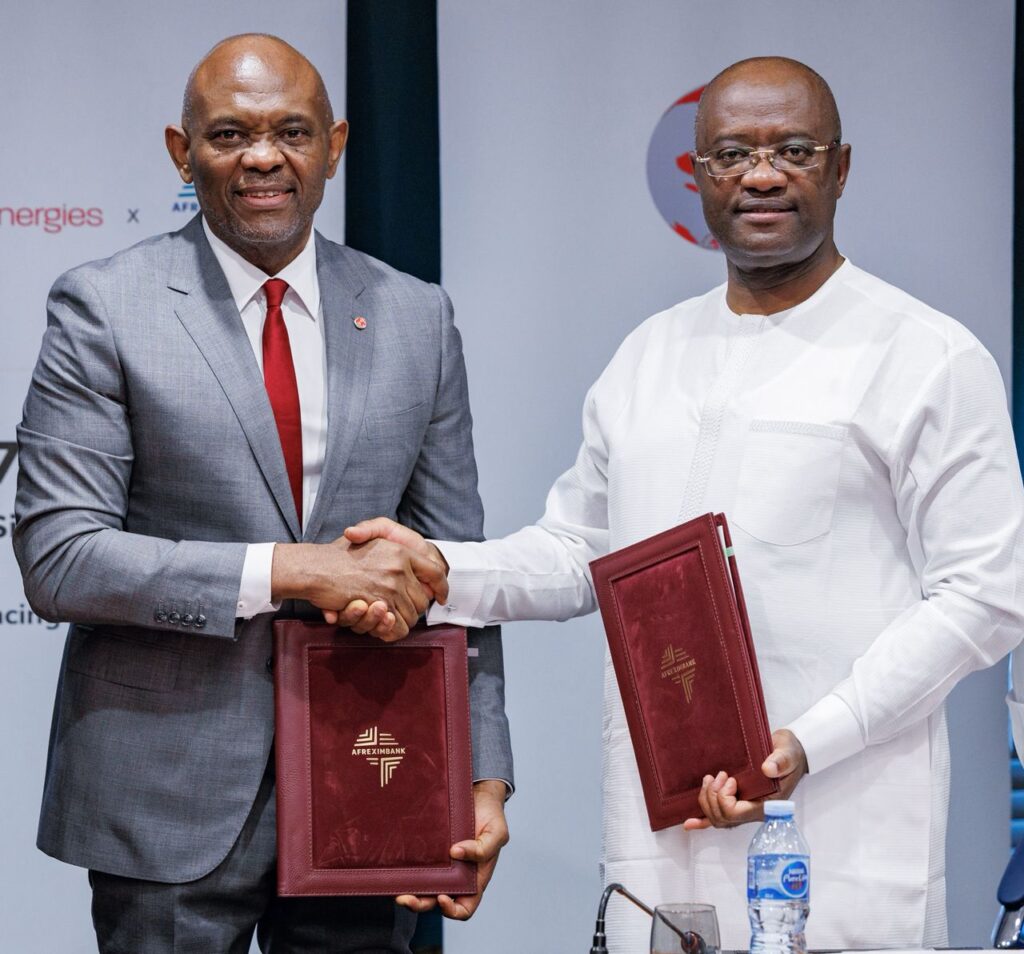
The new Afreximbank facility will fund accelerated field development, production optimization, and strategic growth initiatives, all while adhering to strict capital discipline.Tony O. Elumelu, CFR, Chairman of Heirs Energies, commented: “This transaction is a powerful affirmation of what African enterprise can achieve when backed by disciplined execution and long-term African capital.
It reflects the successful journey Heirs Energies has taken—from turnaround to growth—and reinforces our belief in African capital working for African businesses. This is Africa financing Africa’s future.
”Dr. George Elombi, President and Chairman of Afreximbank, added: “Afreximbank is proud to support Heirs Energies at this pivotal stage of its growth.
This financing reflects our confidence in the company’s leadership, governance, and asset base, and aligns with our mandate to support African champions driving sustainable economic transformation across the continent.
”The deal highlights Afreximbank’s commitment to empowering indigenous operators capable of advancing energy security, sustainable development, and economic value throughout Africa.
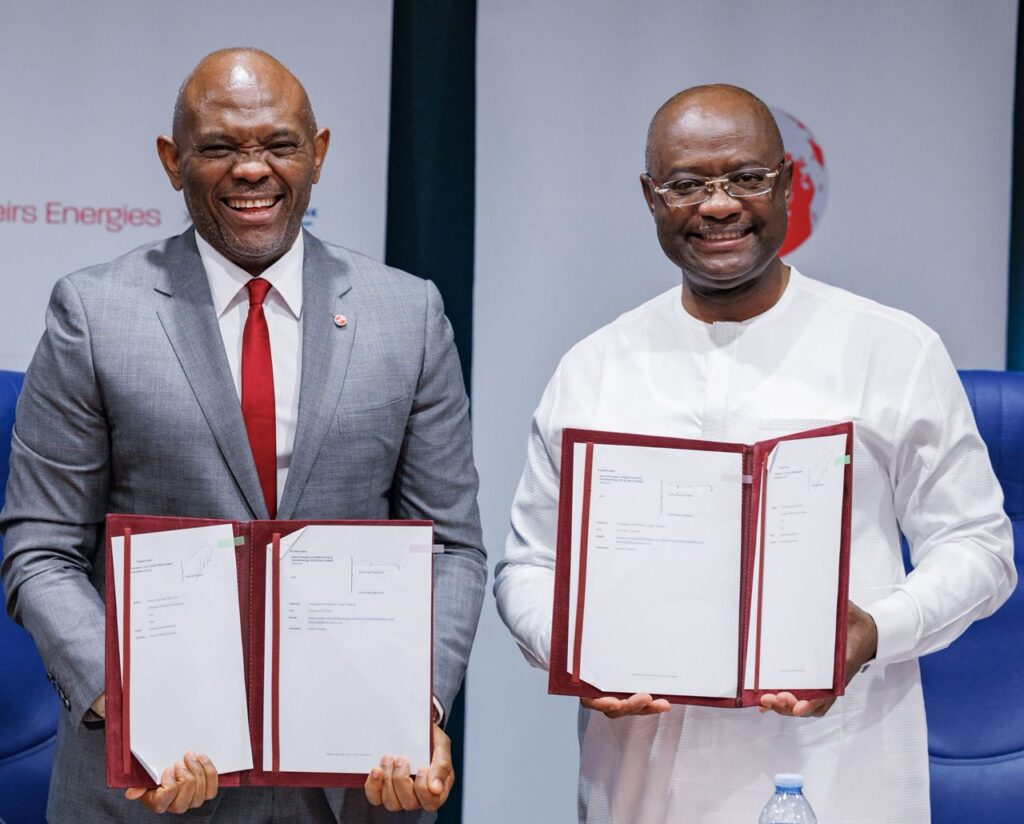
With this funding in place, Heirs Energies is well-positioned for its next growth phase, prioritizing operational excellence, responsible resource management, and lasting stakeholder value.
Heirs Energies Limited is Africa’s leading indigenous-owned integrated energy company, dedicated to addressing the continent’s energy demands while advancing global sustainability objectives. It emphasizes innovation, environmental stewardship, and community development in the evolving energy sector.
The African Export-Import Bank (Afreximbank) is a Pan-African multilateral institution focused on financing and promoting intra- and extra-African trade, supporting industrialization, trade growth, and economic transformation.
-

 News2 days ago
News2 days agoPresident Tinubu Inaugurates High-Powered APC Committee to Resolve Internal Conflicts Ahead of 2027 Elections
-

 News2 days ago
News2 days agoTwo-Storey Building Collapses in Lagos’ Oyingbo Area, Rescue Operations Ongoing
-
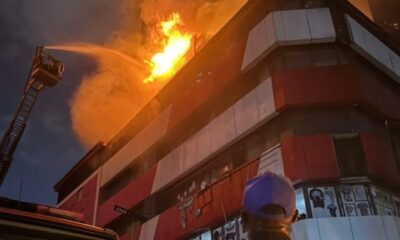
 News2 days ago
News2 days agoLASEMA gives update on Lagos Island Inferno
-

 Business2 days ago
Business2 days agoICPC: Dangote must testify in person
-
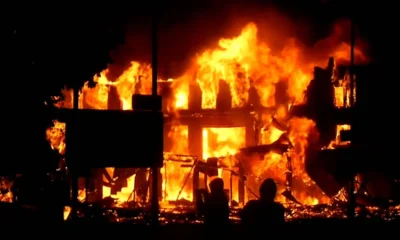
 News2 days ago
News2 days agoMassive Fire Engulfs Great Nigeria Insurance House on Lagos Island
-

 Sports3 days ago
Sports3 days agoAFCON 2025: Davido wins $96,564 bet on Nigeria win against Tanzania
-

 Crime2 days ago
Crime2 days agoDeadly Explosion Rocks Mosque in Maiduguri, Killing Several Worshippers
-

 Opinions2 days ago
Opinions2 days agoChristmas Eve Explosion: One Too Many







